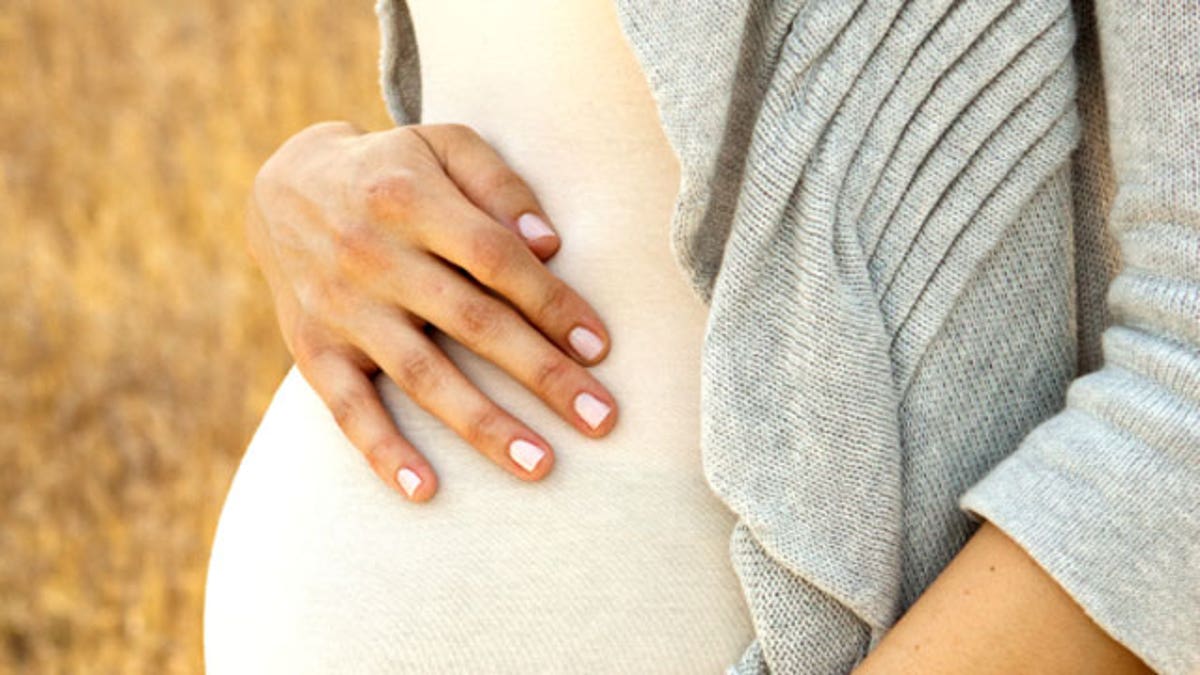
The risk of major birth defects in babies conceived using some methods of fertility treatment is nearly double those conceived naturally, a study by Australian researchers has found.
The groundbreaking Adelaide University research has shown intracytoplasmic sperm injection (ICSI) -- in which sperm is directly injected into an egg -- resulted in a 9.9 percent risk of birth defects, compared with a 5.8 percent risk for babies conceived naturally.
The risk for couples using IVF, in which a sperm and egg are placed in a test-tube to encourage fertilization, is 7.2 percent.
Another major finding was the discovery of a tripling of the risk in women using -- unsupervised -- a widely available, low-cost fertility treatment to stimulate ovulation.
The results of the study -- in which researchers for the first time compared the risk of birth defects across all fertility treatments with the risk in pregnancies in women with no record of infertility -- is the most comprehensive of its kind in the world and will be published in the New England Journal of Medicine this week. Birth defects identified included cerebral palsy and cardiovascular, musculoskeletal and gastrointestinal conditions.
Although most births resulting from assisted conception were free of birth defects, the Adelaide University study aimed to examine the differences in risk between available treatments, lead researcher Associate Professor Michael Davies said.
Davies said another unique aspect of the research was the discovery that freezing embryos substantially reduced the risk of birth defects, particularly for ICSI treatment.
"This may be due to developmentally compromised embryos failing to survive the freeze/thaw process," he said.
The study's findings also linked a substantial increased risk of birth defects to the home use of the steroid clomiphene citrate -- used by about 37,000 women in Australia each year to stimulate ovulation.
"It is very commonly used as a first-line treatment for an ovulatory infertility, as it is considered to be safe, cheap and non-invasive," Davies said.
